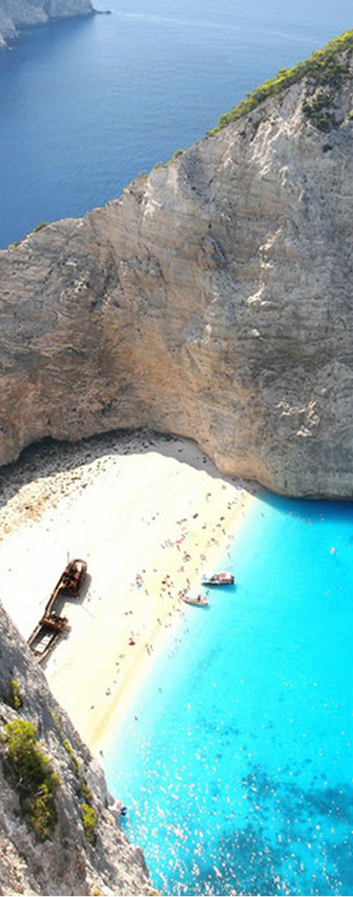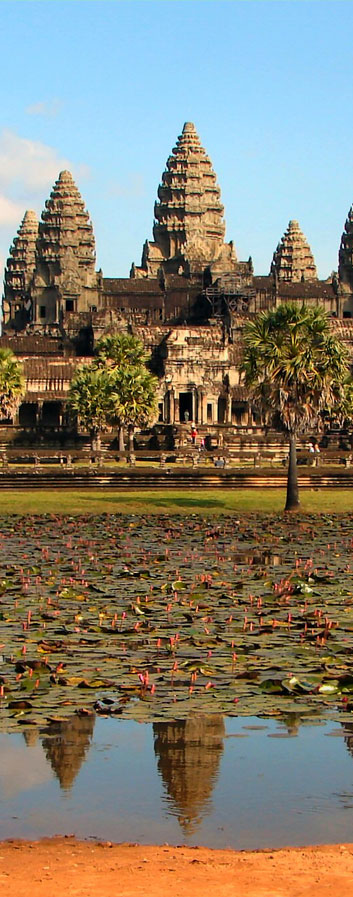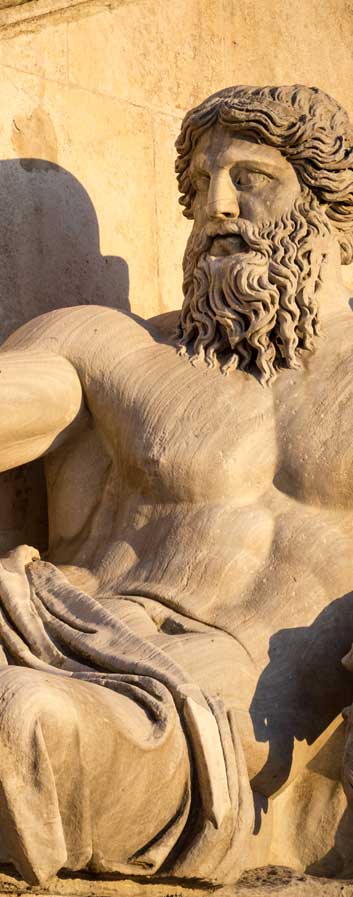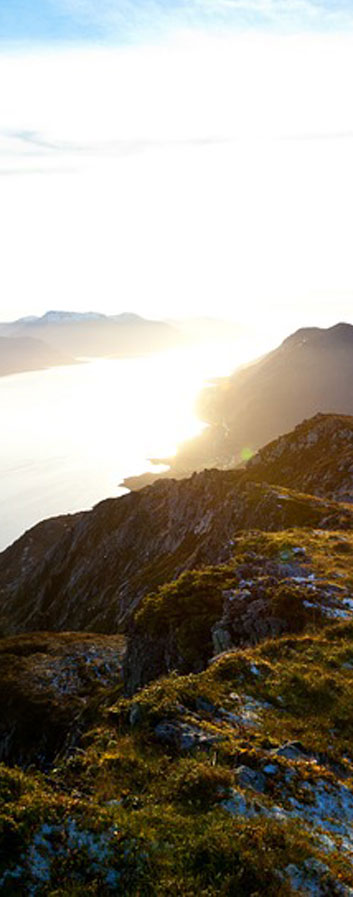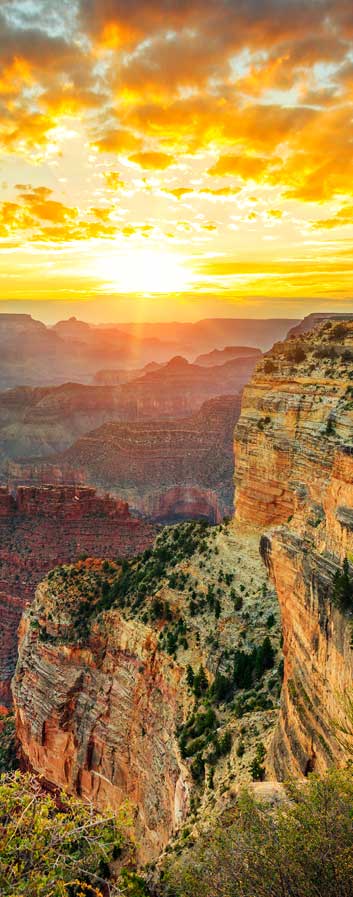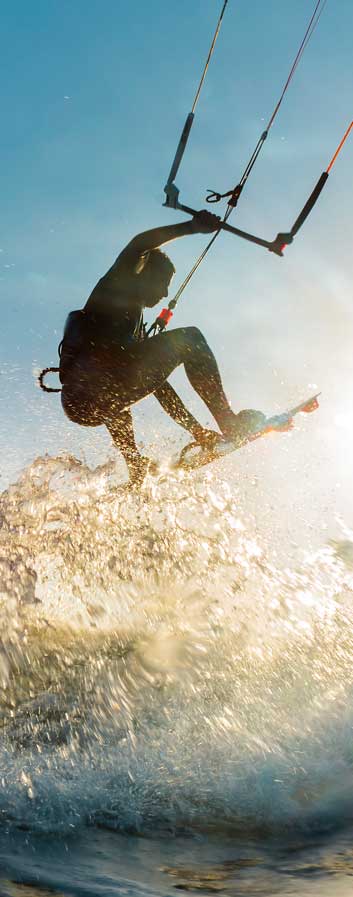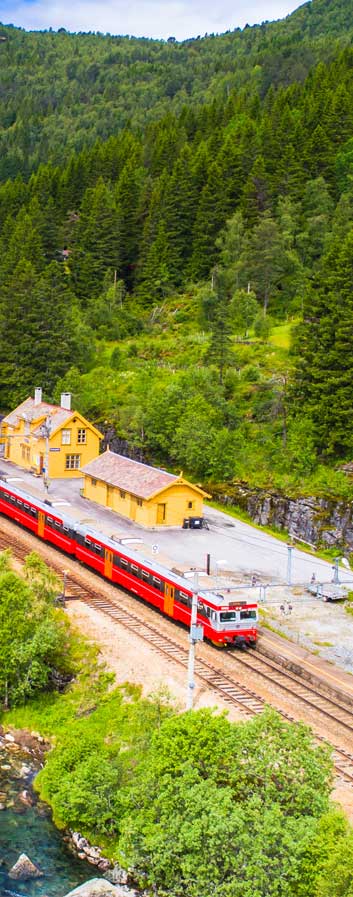Ubud Monkey Forest in Bali
Ubud Monkey Forest is one of Bali’s several grey long-tailed macaque-inhabited forests, and perhaps the best known among the rest due to its community-based management, location and ease of access. It lies on the fringes of the Ubud main centre, and is overseen by the Padangtegal village. Also known as the Sacred Monkey Forest of Padangtegal, and by its official designation as Mandala Wisata Wenara Wana, Ubud Monkey Forest is a place of scientific research as well as a site of spiritual and cultural aspects with temples sanctified by the local villagers deep within its grounds.
While Ubud has long attracted visitors to its cool highland climate and various shopping and dining scenes, it is also renowned as the island’s cultural hub in central Bali. Ubud Monkey Forest on the other hand, serves as a natural attraction and a silent witness to the advent of tourism in the town. It remains a natural landmark and one of the 'must sees' while visiting the area.
The one-way Jalan Monkey Forest, and Jalan Hanoman that precedes it, owes their names to the forest. Enter south from the Ubud main town centre and royal palace, and after a curve right, the forest is hard to miss, with a mini-parking space from where public and private transports drop passengers to the right.
The historic Pura Purana temple built in the mid-14th century resides within the forest. Also, one among the three key village temples, namely the Pura Dalem, or crematory and gravesite temples associated with the Hindu god Shiva can be found here. Large trees shade most of the stone pathways, and relics and statues are all covered in moss, which give the place an eerie and ancient feel. Another interesting site within the forest is an ancient bathing temple, located at the northwestern borders of the Ubud Monkey Forest, accessible down a flight of stairs and next to a stream.
The village foundation manages Ubud Monkey Forest as a tourism site as well as a conservation effort. Recent years have seen such efforts taking place, with research and studies carried out on their health, diet and breeding habits. Also, despite its small size, approximately tenth of a square kilometre, the forest is home to some 115 different species of trees, some of cultural and spiritual significance, adding even more meaning to its 'sanctuary' title.
The grey long-tailed macaques of Padangtegal are pretty much the same type as those found in other ‘monkey kingdoms’ around the island. Over three hundred inhabit the forest, divided into four different known troops. Always consider these furry denizens as wild, however shy or cute they may seem. Feeding the animals at Ubud Monkey Forest is not advised although there is a small 'official' stall at the entrance where local women sell bananas for feeding. Try not to have anything valuable on you during your visit. They may snatch a bag off you and take to the trees then do a strip-search for something interesting enough to eat.
Ubud Monkey Forest has local guides and staff ready to assist you during your visit. Keep loose items and accessories at a minimum when visiting the monkeys. If they manage to ‘borrow’ your hat or eyeglasses, ask the Wenara Wana staff for assistance to ‘correctly deal’ with them. The guides are also a great source of information about the cultural and historical significance about the sites and temples within the sanctuary grounds. As a site for research and conservation, the guides are also knowledgeable on the updates of conservation and biodiversity at the forest.


